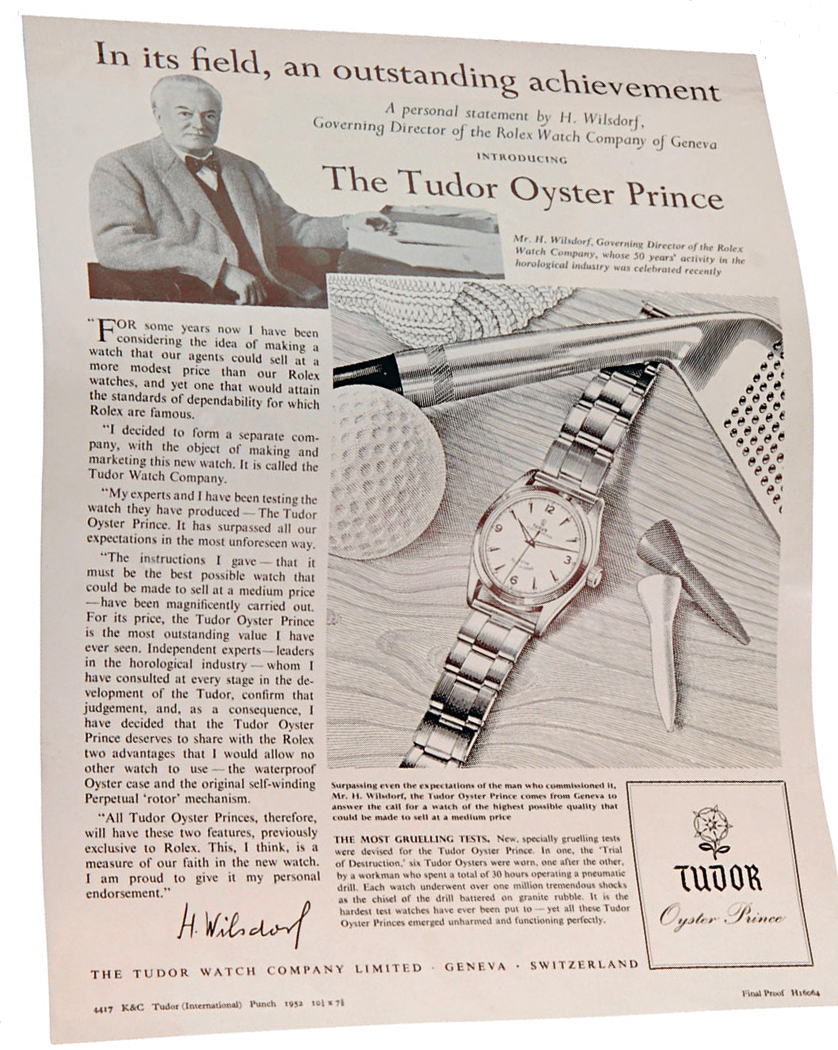The death of the great man Nelson Mandela has brought back a torrent of memories from my youth, when Apartheid was still the law of the land in South Africa and Mandela was still in prison. No one then could conceive of the astonishing turn of events that would see Mandela one day lead his nation. But I do remember the strong feeling that Apartheid was doomed sooner than later. And as Lord Jim referred to the other day, a lot of that optimism derived from music as a form of social awareness. In my case, the music of Johnny Clegg with Juluka and Savuka was a particular inspiration, especially the beautiful “Asimbonanga (Mandela)”.
To hear a white South African leading traditional Zulu ensembles in overtly anti-Apartheid music was particularly powerful, especially since interracial bands were illegal in South Africa at the time. Despite the official crackdown on Clegg & his bands, including arrests, breaking up their concerts and blacklisting them from radio play, Juluka and Savuka became hugely successful acts in Europe and the music trickled over to America in the “World Music” movement of the 1980s. That is where I first was exposed to it, in high school, as a natural extension of the curiosity inspired by the World Music explorations of Peter Gabriel, Paul Simon and David Byrne among others. I was able to get a cassette copy of Juluka from a friend and “Scatterlings of Africa” was very often on my stereo throughout the school year.












